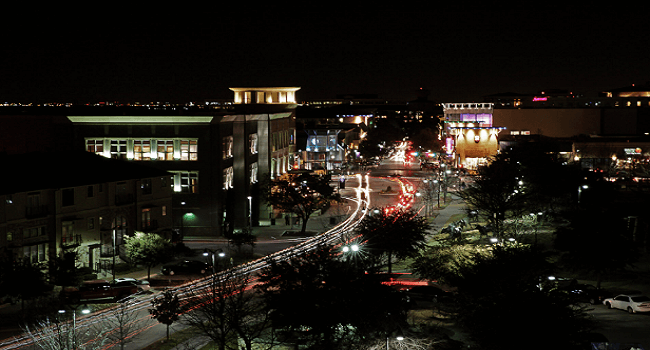Is Plano Texas A Good Place to Live – Welcome to our comprehensive guide to the captivating city of Plano, Texas. Whether you’re contemplating a move, planning a visit, or simply curious about the area, we’re here to help answer the burning question: Is Plano, Texas a good place to live?
Plano, located in the heart of Collin County just 20 miles north of downtown Dallas, has emerged as an increasingly popular destination for individuals and families seeking a high quality of life.
With its thriving economy, top-notch schools, and abundant recreational opportunities, Plano has become a magnet for those in search of a place that offers the perfect balance between a close-knit community and the conveniences of a major metropolitan area.
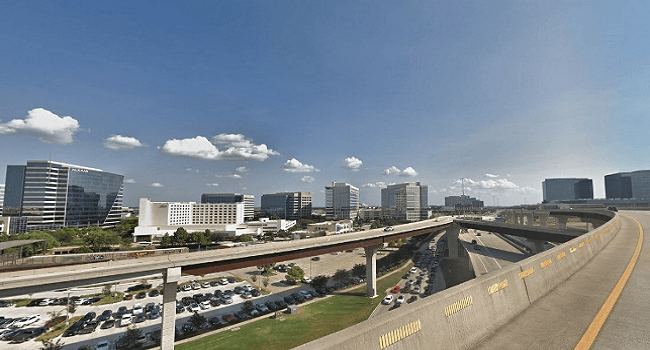
In this article, we’ll delve into the various aspects that make Plano an attractive place to call home.
From its vibrant economy, boasting an impressive roster of multinational corporations, to its renowned education system, providing exceptional learning opportunities for students of all ages, Plano sets a high standard for quality living.
We’ll also explore the city’s extensive park system, its flourishing arts and culture scene, and the paramount importance it places on safety and security.
Join us as we uncover the unique charms and amenities that make Plano, Texas a good place to live.
Whether you’re a potential resident, a visitor seeking to explore its offerings, or simply intrigued by the allure of this remarkable city, we invite you to discover why Plano holds a special place in the hearts of those who call it home.
A Brief History of Plano, Texas
Nestled in the Lone Star State, Plano, Texas, carries a rich history that spans centuries. From its humble beginnings as a small farming community to its transformation into a thriving city, Plano’s story is a testament to the resilience and spirit of its people.
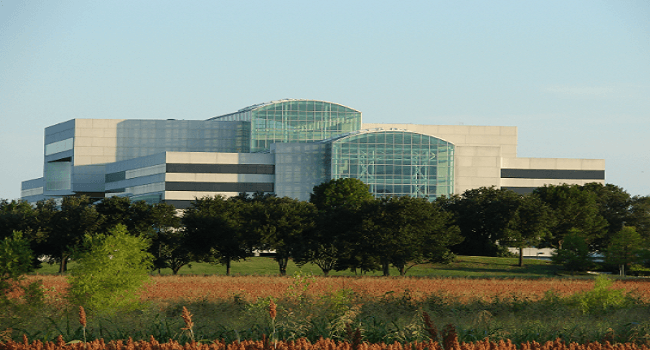
Plano’s earliest history can be traced back to the 1840s when settlers, predominantly of European descent, began migrating to the area.
The lure of fertile land and ample opportunities for farming drew these pioneers to what is now known as Plano.
The city’s name, derived from the Spanish word for “flat,” perfectly encapsulates the region’s characteristic prairies and plains.
Throughout the mid-1800s, Plano steadily grew as a center for agricultural commerce.
Its strategic location along the Shawnee Trail, a major cattle-driving route, contributed to the city’s economic development.
The arrival of the Houston and Central Texas Railway in 1872 further bolstered Plano’s growth, connecting the community to larger markets and facilitating trade.
Plano’s population continued to rise, and by the early 20th century, the city had established itself as a vibrant and self-sustaining community.
Agriculture remained a significant part of the local economy, with cotton becoming a major crop.
Plano’s cotton industry thrived, and the city soon became one of the largest cotton producers in the region.
As the years went by, Plano’s economy began to diversify.
The city experienced a significant transformation in the late 20th century when several major corporations, including JCPenney and Frito-Lay, chose to establish their headquarters in Plano.
This influx of corporate presence brought substantial economic growth and job opportunities, propelling Plano into a thriving business hub.
Plano’s population exploded in the late 20th century and early 21st century, driven by the city’s reputation as a desirable place to live and work. Its excellent schools, low crime rate, and quality of life attracted residents from all over the country.
The city adapted to the growing population by expanding its infrastructure, developing new residential areas, and enhancing its amenities and services.
Today, Plano stands as one of the fastest-growing cities in the United States, with a population that continues to flourish.
The city’s commitment to balanced growth, community development, and preserving its small-town charm has made it an ideal destination for families, professionals, and individuals seeking a high quality of life.
As Plano looks toward the future, it remains dedicated to maintaining its rich heritage while embracing progress and innovation.
The city’s history serves as a reminder of the hard work, determination, and pioneering spirit that have shaped Plano into the dynamic and thriving community it is today.
Pros and Cons of Living in Plano, Texas
Pros of Living in Plano, Texas:
1. Lots of sunshine
Plano enjoys a sunny climate for a significant part of the year, which can greatly enhance outdoor activities and overall mood.
2. Public transport
Plano benefits from a well-connected public transportation system, making it easier for residents to commute within the city and even travel to neighboring areas.
Read Also: Is Porter Texas A Good Place to Live?
3. Strong economy
Plano is home to a thriving economy, with a diverse range of industries and a significant corporate presence. This translates into ample job opportunities and a stable economic environment.
4. Moderate weather
Plano experiences relatively mild winters and comfortable spring and fall seasons, making it a pleasant place to live for those who prefer moderate weather conditions.
5. High diversity
Plano prides itself on being a culturally diverse city, with a multicultural community that contributes to a rich tapestry of traditions, cuisines, and experiences.
6. No state income tax
Texas is known for its lack of state income tax, which can be a significant advantage for residents as it allows them to keep more of their earnings.
Cons of Living in Plano, Texas:
1. Lack of nightlife
Plano is not typically associated with a bustling nightlife scene. While there are entertainment options, those seeking a vibrant and active nightlife might find the city relatively quieter in comparison.
2. Hot and humid summer
Summers in Plano can be hot and humid, with temperatures often exceeding 90 degrees Fahrenheit (32 degrees Celsius). This climate may not be enjoyable for those who prefer milder or cooler weather.
3. Heavy traffic
As a rapidly growing city, Plano experiences heavy traffic congestion, particularly during peak commuting hours. This can lead to longer commute times and increased frustration for some residents.
4. High property tax
Plano has relatively higher property tax rates compared to some other areas. This can be a consideration for homeowners when budgeting for housing expenses.
Read Also: Is Pearland Texas A Good Place to Live?
5. High risk of storms
Located in an area prone to severe weather, Plano faces a higher risk of storms, including thunderstorms, hail, and occasional tornadoes. It’s important for residents to stay prepared and informed during severe weather events.
It’s essential to consider these pros and cons in the context of your own preferences and priorities when deciding whether Plano, Texas is the right place for you.
What is the Best Area to Live in Plano Texas?
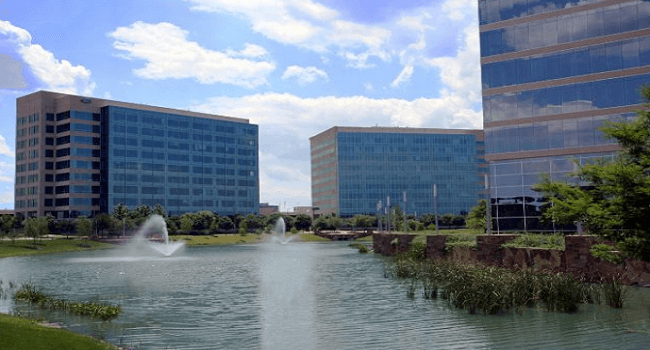
Determining the best area to live in Plano, Texas is subjective and depends on personal preferences, lifestyle, and specific needs. However, here are a few highly regarded neighborhoods in Plano that are known for their desirable features and amenities:
1. Greens of Gleneagles
This upscale neighborhood offers beautiful homes, well-maintained golf courses, and a tranquil atmosphere. It’s an ideal choice for those who appreciate a luxurious lifestyle and enjoy golfing.
2. Highland Ridge
Highland Ridge is a family-friendly neighborhood known for its well-regarded schools, spacious homes, and well-maintained parks. It’s an excellent option for families seeking a safe and welcoming community.
3. Windhaven/Lakeside On Preston
This area is known for its prime location, with easy access to major highways and nearby amenities. It offers a mix of single-family homes, townhouses, and apartment complexes, making it suitable for a range of residents.
4. Shoal Creek
Shoal Creek is a highly sought-after neighborhood known for its upscale homes, well-manicured landscapes, and proximity to parks and trails. It offers a serene and picturesque setting for residents.
5. Bradford Estates/Fairfax Meadows
These neighboring communities provide a mix of single-family homes and townhouses. They offer a sense of community and are known for their well-regarded schools and proximity to shopping and dining options.
6. Crestwood
Crestwood is an established neighborhood that offers a mix of architectural styles and tree-lined streets. It’s known for its strong sense of community and convenient access to amenities.
7. Spring Ridge
Spring Ridge is a family-oriented neighborhood with a range of housing options, including single-family homes and townhouses. It offers community amenities such as parks, playgrounds, and swimming pools.
Read Also: Is McAllen Texas A Good Place to Live?
8. Highlands of Preston Ridge
This neighborhood is known for its spacious homes, well-maintained yards, and proximity to schools and parks. It’s an attractive option for families looking for a suburban lifestyle.
9. Villages of White Rock Creek/Hidden Creek Estates
These neighboring communities offer a mix of single-family homes, townhouses, and amenities such as parks and trails. They provide a peaceful atmosphere and are popular among families.
10. Whispering Willows Estates
Known for its larger lot sizes and well-designed homes, Whispering Willows Estates offers a serene and secluded living environment, making it a desirable option for those seeking privacy and tranquility.
It’s recommended to visit these neighborhoods, explore their amenities, and consider your specific needs and preferences when determining the best area to live in Plano, Texas.
Additionally, consulting with a local real estate agent can provide valuable insights and guidance in finding the perfect neighborhood that aligns with your lifestyle.
Is it Expensive to Live in Plano, TX?
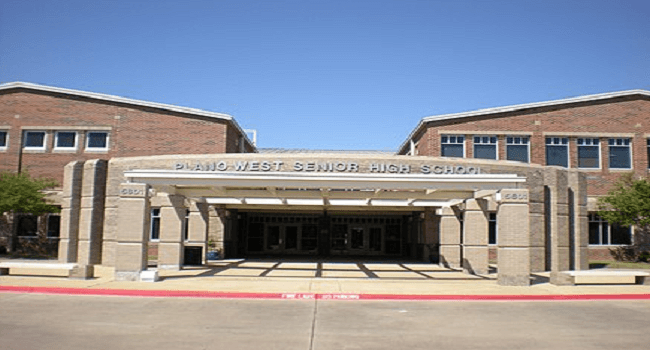
The cost of living in Plano, TX is indeed higher compared to both the state and national averages. The overall cost of living index in Plano is 31% higher than the Texas average and 21% higher than the national average.
One significant factor contributing to the higher cost of living in Plano is housing. Plano’s housing costs are approximately 36% higher than the national average.
Additionally, utilities in Plano are about 18% more expensive compared to the U.S. average. It’s important to consider these factors when budgeting and planning for living expenses in Plano.
Read Also: Is Richmond Texas A Good Place to Live?
Is Plano, TX a Safe Place to Live?
When it comes to safety, Plano, TX ranks similarly to the national average. The analysis of crime rates indicates that the chance of becoming a victim of a violent crime in Plano is approximately one in 621. Violent crimes that are tracked and included in this rate consist of armed robbery, aggravated assault, rape (not statutory), murder, and non-negligent manslaughter.
Plano, like any city, has its share of crime, but it maintains a relatively safe environment compared to many other cities in the United States.
It is essential for residents to remain vigilant and take necessary precautions to ensure personal safety, as is the case in any community.
Final Thoughts: Is Plano Texas A Good Place to Live?
So, is Plano, Texas a good place to live? The resounding answer is yes.
Plano, Texas can be considered a good place to live for many individuals and families. The city offers a range of desirable qualities that contribute to its appeal as a residential destination.
Plano boasts a strong economy, with a diverse range of industries and a significant corporate presence, providing ample job opportunities and a stable economic environment.
The decision of whether Plano, Texas is a good place to live depends on your preferences, lifestyle, and priorities. It is advisable to visit the city, explore the neighborhoods, and assess how well they align with your specific needs and aspirations. Plano offers a balanced mix of economic opportunities, educational excellence, community engagement, and quality of life, making it an appealing choice for those seeking a prosperous and fulfilling living experience.
You may like other articles about Texas:
- Is Baytown Texas A Good Place to Live?
- Is Edinburg Texas A Good Place to Live?
- Is Tyler Texas A Good Place to Live?
- Is Kyle Texas A Good Place to Live?
- Is Frisco Texas A Good Place to Live?
- Is Cypress Texas A Good Place to Live?
- Is McKinney Texas A Good Place to Live?
- Is Prosper Texas A Good Place to Live?
